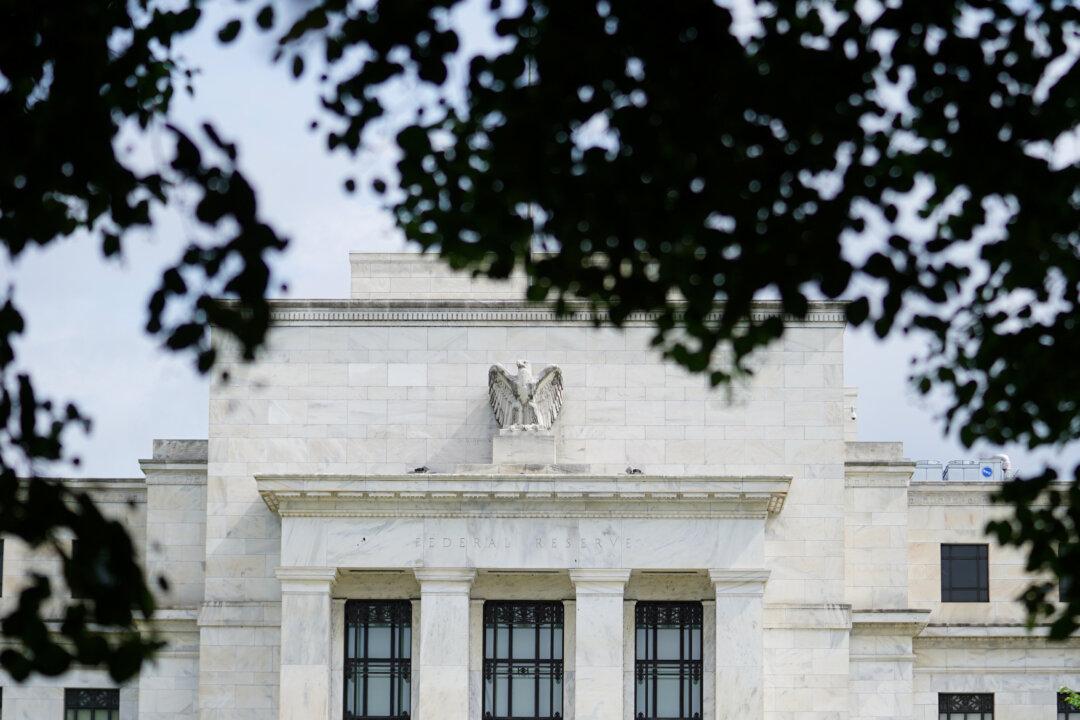Commentary
There’s a scene in a Fred Astaire and Ginger Rogers film in which the boss of a law firm leaves for vacation and puts his intellectually limited Cousin Egbert in charge. The note reads, “Don’t do anything.”

There’s a scene in a Fred Astaire and Ginger Rogers film in which the boss of a law firm leaves for vacation and puts his intellectually limited Cousin Egbert in charge. The note reads, “Don’t do anything.”